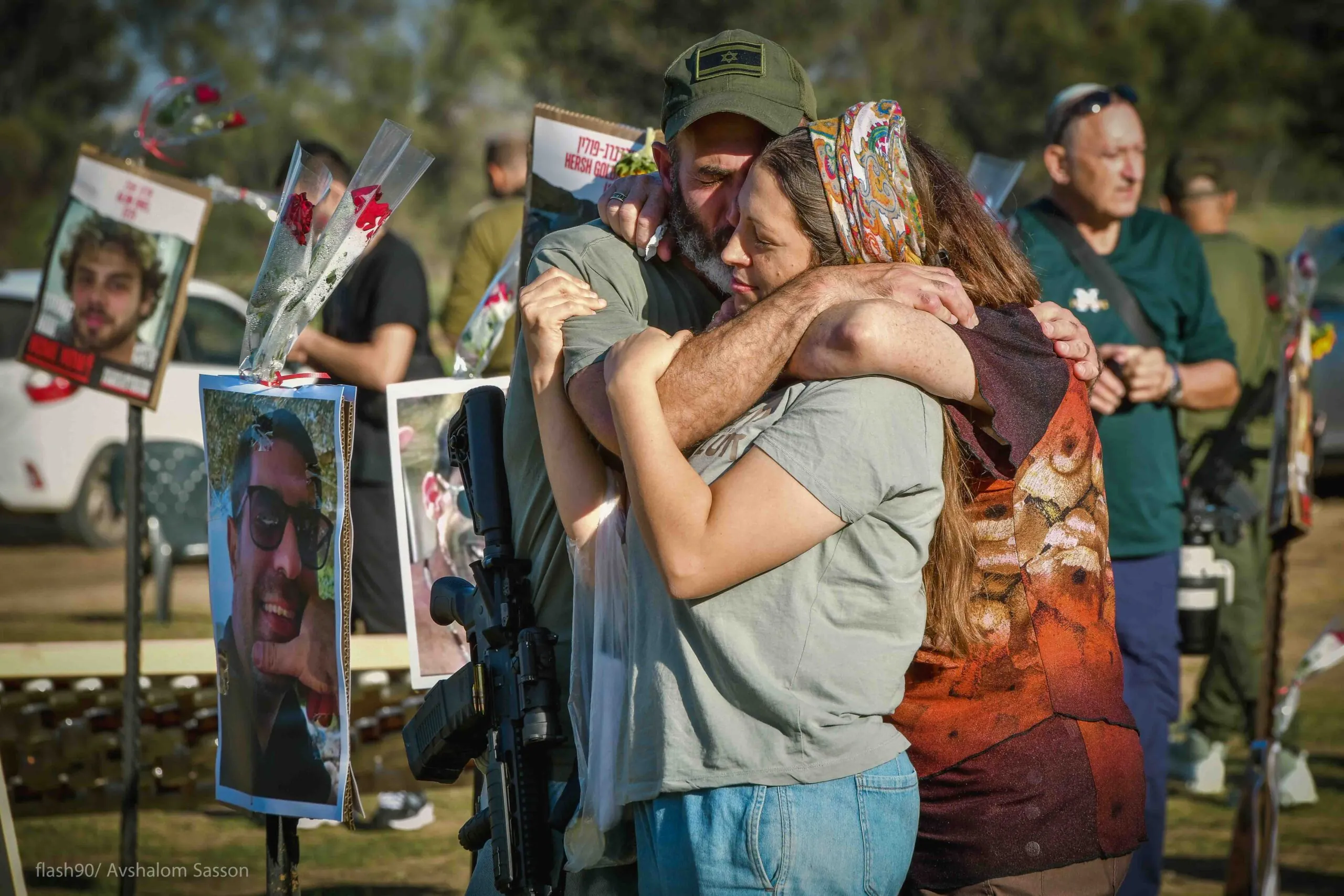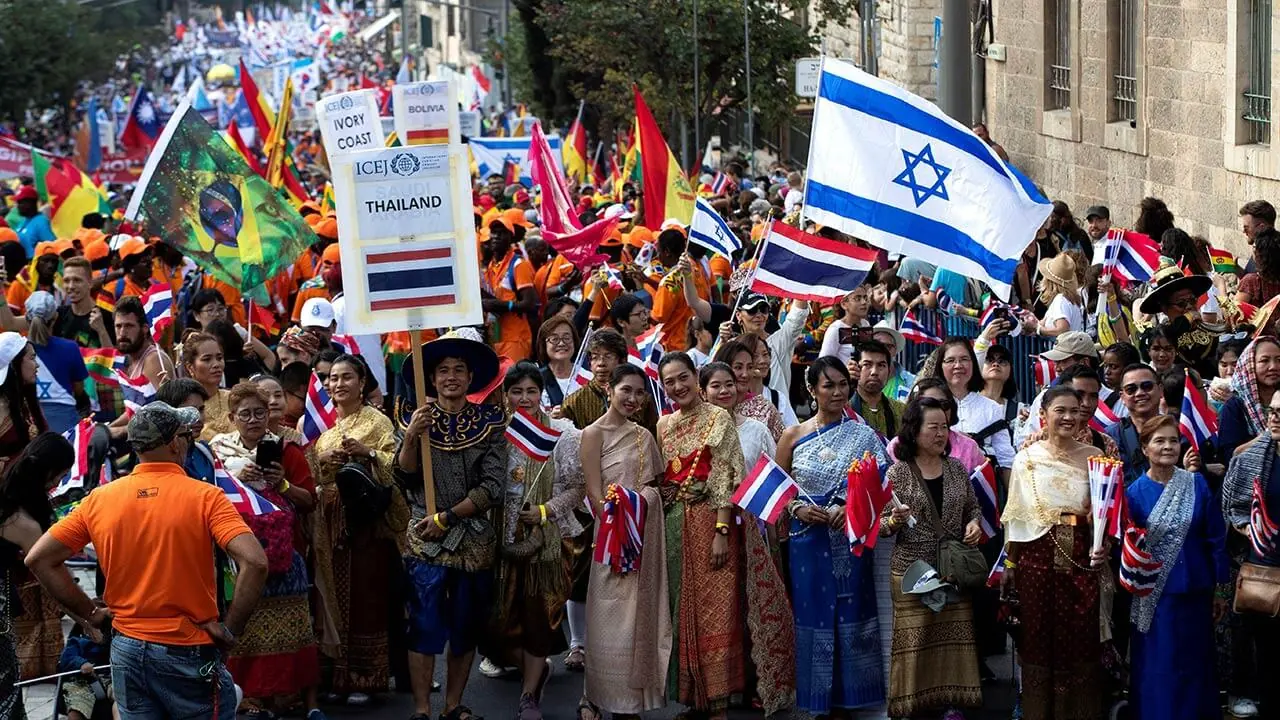
It was only supposed to be 12 days, off to Israel and back to Dallas, Texas. A cultural experience of sorts. Seeing new sights, eating exotic foods, learning about the fall Feasts from Messianic leaders and local Christian pastors—it was like stepping into a fascinating new world. Little did I know things so foreign to me on that trip would soon become a familiar part of my daily life.
I grew up in an Evangelical church knowing I was Jewish. Like many believers in Yeshua, I had a basic understanding of the Jewish roots of our faith, but little interest. As an American, I was comfortable in my lack of knowledge. I took my Jewish Savior and placed Him in the only world I knew—a Western one. I celebrated Passover and Hanukkah occasionally with my family but never thought much about the Feasts in general. I didn’t think they were relevant to me … today. We did what most of the church does—we celebrated Christmas and Easter.
I had always been curious about my heritage, but I was scared the ancient world of my ancestors would be too complex and overwhelming. But, when I was offered the work assignment from a major Christian TV network to produce a documentary in Israel about seeing Yeshua in the Fall Feasts, I realized my indifference was no longer an option.
I confided in Google. I searched, “Christians celebrating the Feast of Tabernacles” and was shocked to find out not only was this a thing—in Israel, it was a big thing!
From the moment the airplane landed in Israel, I felt the excitement in the air of the holiday season. As our team was capturing stories in Israel and learning more about the Feasts and observing the way Israelis celebrated, I felt like I was seeing moments from the Bible lived out before my eyes. The workdays were long, but it didn’t matter because I felt like I was doing what I was created to do as a video producer.
Standing at the Western Wall, I felt my heart surrender to the realness of God. It was as if everyone else standing by me at the Wall faded away and God was looking straight at me. Suddenly, a future in my comfortable America didn’t feel satisfying. But reality and destiny don’t always sit on the same timeline. So, I finished up the project and went home to the U.S. But I was ready. When the next opportunity came for me to move to Israel to work as a video producer—I jumped on it.
There would definitely be magical moments during my time there—but everyday life in Israel can be quite complicated. While there I met some people who helped me as a believer maneuver some of the challenges of getting settled and living in Israel. I only later learned in passing that they were from Maoz! The next five years were spent experiencing the seasonal holiday and cultural cycles of my ancient people. The fall Feasts were my favorite time of the year. From Rosh Hashanah to Yom Kippur to Sukkot, these holidays carried a sense of excitement and joy that separated them from other celebrations during the year.

Apples Dipped in Honey
Rosh Hashanah, literally “the head of the year” kicks off the first of the three holidays that make up the fall Feasts. If I had to sum it up, it’s basically a holiday where everyone blesses the coming year. They even eat apples and honey (hello, sugar overload!) to symbolize the sweetness that is to spill forth from our mouths as we speak of the coming year.
Rosh Hashanah is also called the Feast of Trumpets—appropriately named because the fall holidays are the only time a shofar is blown in Israel. For ten days following the Feast of Trumpets I could hear the shofar blasts in surround sound every morning from my apartment in Jerusalem. Each time I heard it I felt inspired to pray for the nation of Israel as they prepared themselves for the Day of Atonement. For the Jewish people, those 10 days are called the “Days of Awe”—days of introspection where they consider their relationships and whether their actions offended or hurt anyone throughout the year. I could see why they call it that—I was in awe myself. I had never heard of another nation in the world that dedicates 10 days to reflection and examining their lives, actions, and relationships.

A Nation Entirely Still
The culmination of the “Days of Awe” is Yom Kippur—the Day of Atonement. It begins at sundown. The streets clear of vehicles and people dressed in white begin to trickle out onto the streets—many on their way to synagogue to read traditional prayers for forgiveness. Thousands of people come to the Western Wall for many hours to pray and ask God to forgive them personally—and collectively—as a nation. For the documentary, we were allowed to film these prayers from the bridge to the Temple Mount. There were approximately 100,000 people there that evening! I had the most incredible vantage point, looking out over this vast crowd of people who were there for one purpose, to repent.
In Hebrew, the word “repent” doesn’t mean just to feel sorry like we think of it in English. It literally means to return—return to God. I remember crying as I felt the burden of the people and for the people gathered there—longing to return to God. It’s a sobering moment to see 100,000 people crying, praying and bowing together. It made me ask myself—when was the last time I truly felt the weight of my sins and the chasm it creates between man and God?
We walked home through the dark, but quiet, streets. It was fascinating to see a busy city like Jerusalem become so still. No one drove, no public transportation, no open stores, no planes in the air on Yom Kippur. A nation entirely still. The next day, because of the nature and solemness of Yom Kippur, most people withdraw into their homes as they fast from food and water and pray for 25 hours.
The streets were empty—except for the kids! On the only day of the year where running around the streets is safe (but for the potential of an occasional emergency vehicle), kids were everywhere! From bikes to roller blades—anything with wheels and no engine was out in full force.
As the sun was setting and Yom Kippur was ending, I walked back to the Western Wall to watch a phenomenon Israelis have become famous for—the transition. As soon as the sun set and the shofar was blown, Yom Kippur was over and preparation for Sukkot was beginning. I couldn’t believe the dramatic shift in the atmosphere. The intensity of repentance, fasting, and prayer was suddenly transformed into joy and exuberance! Still dressed in white, strangers started celebrating with each other—dancing and singing, inviting others to commence in the joy of the coming Feast!

A Humble House for Everyone
The Feast of Tabernacles is the climax of the almost month-long journey of the fall Feasts. And Israelis wasted no time beginning preparations. Before I could even make it home from the Western Wall, I could already hear hammers as families started to build their sukkah together! Made of a metal/wood frame, with sheets/plywood for walls and palm branches for a roof (so you can see the stars!), the sukkah becomes the centerpiece of the Feast where people will spend a full week eating, communing and even sleeping.
The whole week is designed to be a family-friendly experience where we relive a part of the story of God and His people, Israel. Since most people live in apartments in Israel, the sukkahs are often built on balconies or in alleys; you can even eat in sukkahs outside of restaurants! The sukkahs are usually decorated with colorful streamers and are very festive but what I loved about them the most is that they were fundamentally humble, simple structures.
As we interviewed some of the local Messianic leaders for our documentary, one of them said something I found to be very profound about the nature of humility in abundance. It’s significant during the fall harvest when the barns are full of produce and the wine vats are overflowing—that’s when the Lord says to go and live in a sukkah for seven days:
“You shall dwell in booths for seven days. All native Israelites shall dwell in booths, that your generations may know that I made the people of Israel dwell in booths when I brought them out of the land of Egypt: I am the Lord your God.”(Leviticus 23:42-43)
In a moment of abundance, when you think you can rely on yourself and your own hard work, God says to leave your house and live equally like everyone else in a place that is open to the elements. When you are sleeping outside your home, in a temporary structure, without a proper door or roof, it has a way of showing us our vulnerability. It’s a tangible way to see that unless God had protected the children of Israel in the desert and provided for them, they wouldn’t have survived. Abundance should never be mistaken for security. We must always stay humble, for as surely as the Lord gives, He can take away.

The Nations coming to Jerusalem!
The Bible talks about how in the last days the nations will come to Jerusalem to worship the God of Israel. In a small way, this happens already—every year during the Feast of Tabernacles. As part of my job in TV production, we documented this very event every year I lived there.
One of the events I got to attend while there was a gathering of Christians from all over the world put on annually by the ICEJ (International Christian Embassy Jerusalem). Their celebrations began, not in an air-conditioned hall, but rather in the desert of Ein Gedi on the outskirts of Jerusalem. I remember thinking it was a wonderful place to start as there’s something about being in the rough, desert terrain, feeling the hot desert wind, and imagining what the first Sukkot felt like for the children of Israel. There are also few sights as striking as thousands of Christians from over 100 nations singing in Hebrew, “Behold, how good and how pleasant it is for brothers to dwell together in unity!” in the wilderness. It felt like a glimpse of heaven.
If Sukkot is the highlight of the fall Feasts—the 100-nation march down the streets of Jerusalem was the highlight of my Sukkot. The city of Jerusalem facilitates this annual parade of mostly Christians from all over the world dancing, waving their country’s flag, and singing songs in their language to show Israelis they have come to Israel to celebrate the Feast and they have friends worldwide who love and support them.

Interestingly, Israelis from all walks of life come from different parts of the country to watch this march year after year. I interviewed some and asked how this sight affected them. Israelis, known for not being the soft emotional types, told me how moving the experience was for them. Some have come to watch the parade since they were kids and now bring their own children. For them, it was encouraging to see people who actually love Israel. I was so proud of the testimony my fellow Christians were giving by taking this collective stand year after year in stark contrast to the hostility Israelis usually experience from the international community.
These days I look back on my early days of Googling, “How Christians celebrate the Feasts” and thank God for the gift He had given long ago that I only now have come to enjoy—the privilege of celebrating the Feasts. They are His Feasts and when we celebrate His Feasts, we are celebrating Him—together with Him. I’m sure there are many believers like me who either don’t understand the value of these celebrations or don’t realize they are for New Covenant believers as well. To them I would say, true, while the Biblical Feasts in general were given to the Children of Israel to celebrate, the Feast of Tabernacles is unique. According to Zechariah (14:16) the Feast of Tabernacles is destined to be celebrated by the nations annually in the last days when the Messiah reigns in Jerusalem.
This year unfortunately, Israel is not allowing foreigners into the land until further notice as they try to stave off the spike caused by the now infamous “Delta variant.” But in the meantime, there’s nothing to stop us from celebrating locally—practicing for the day the gates at Israel’s Ben Gurion Airport will swing wide open again—preparing for the day when the annual pilgrimage to Jerusalem will be on the calendar of all those who seek God’s favor. After all, we’ve been invited to celebrate the story of God. So, whether you are a Jewish believer or a Christian from the nations—when it comes to the celebration of Sukkot—this Feast is for you!

Christianity is a Jewish Covenant
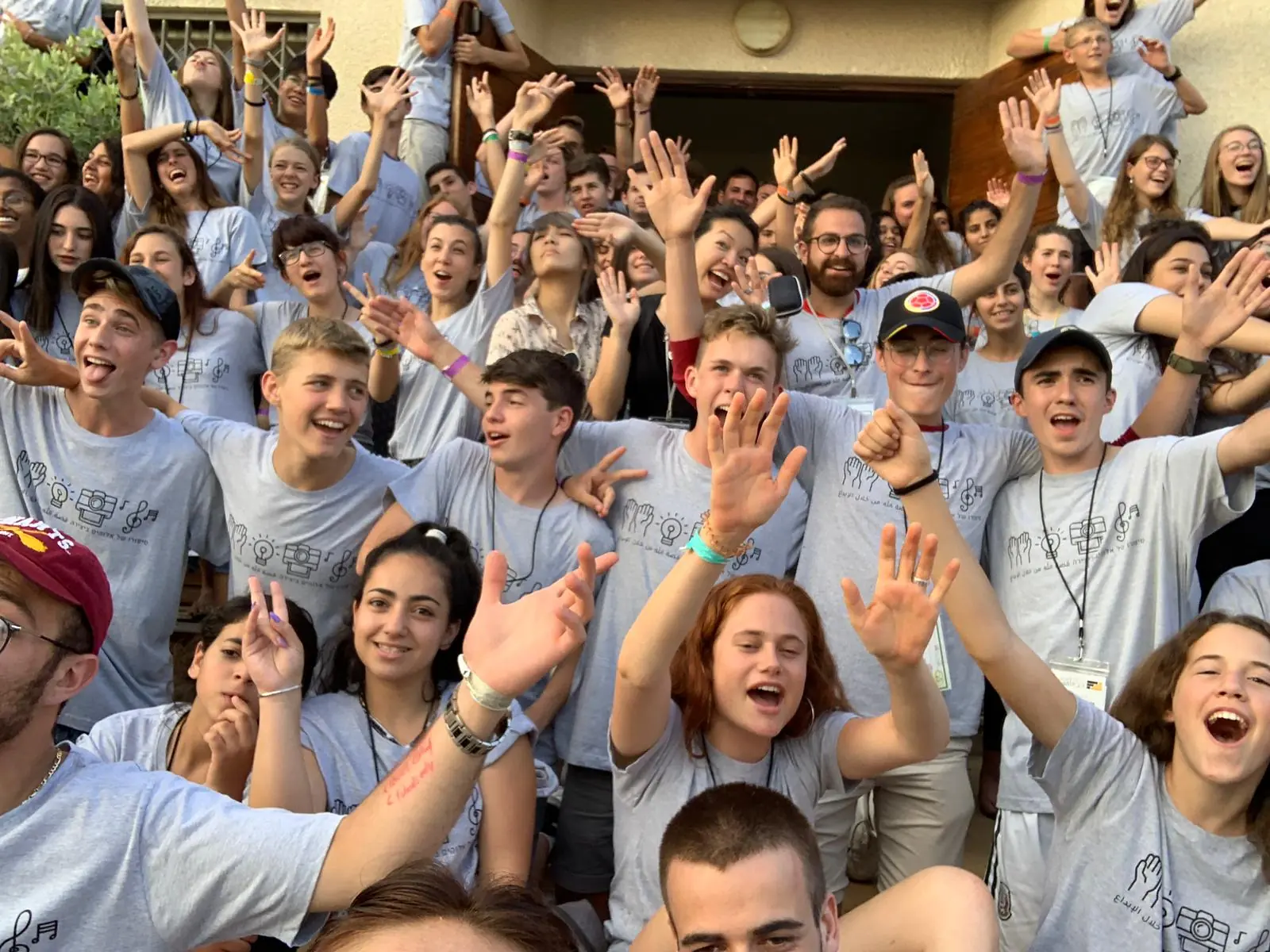
Shared Faith, Shared Future: Arab and Jewish Unity
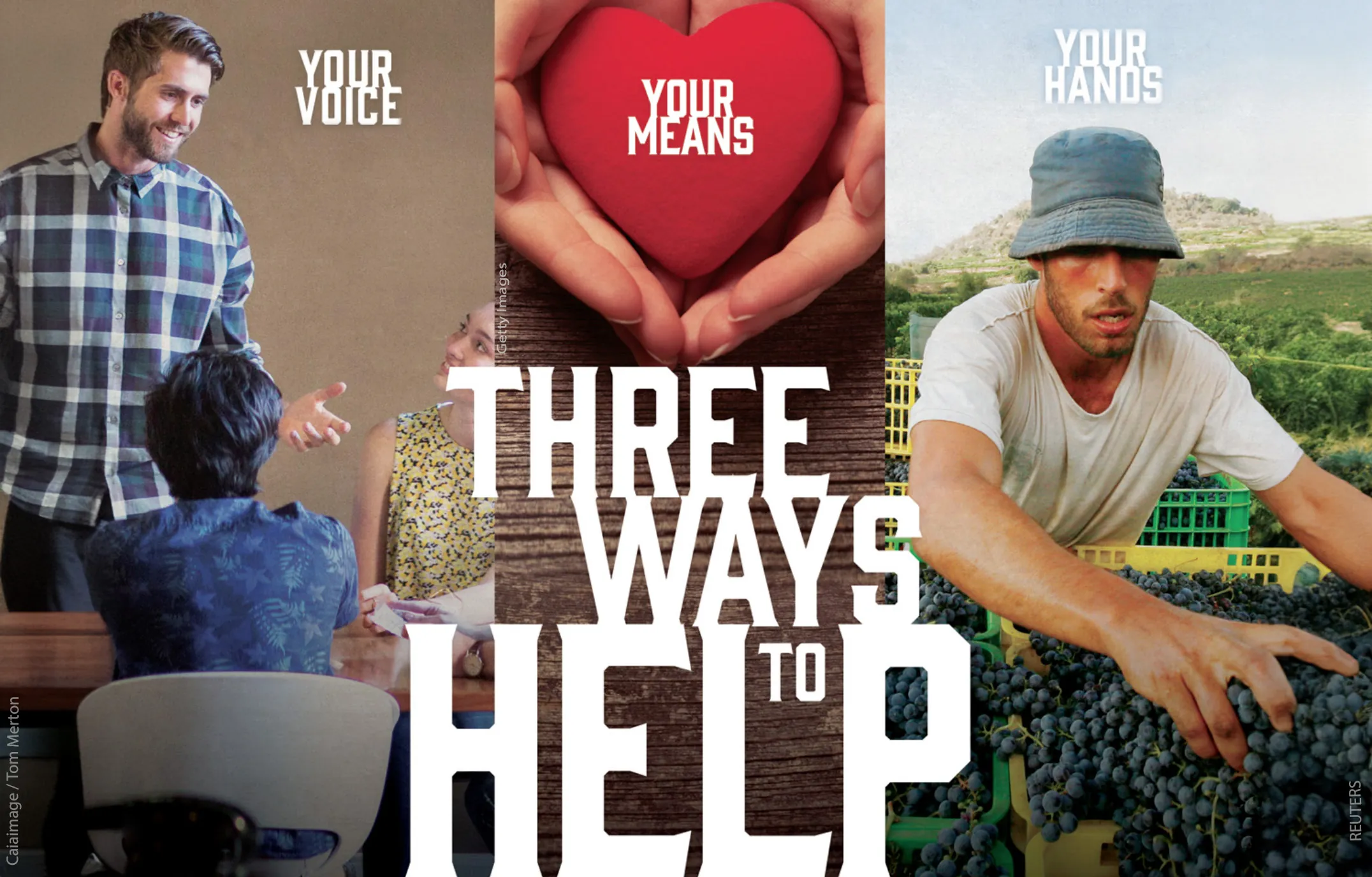
Be the Light for Israel
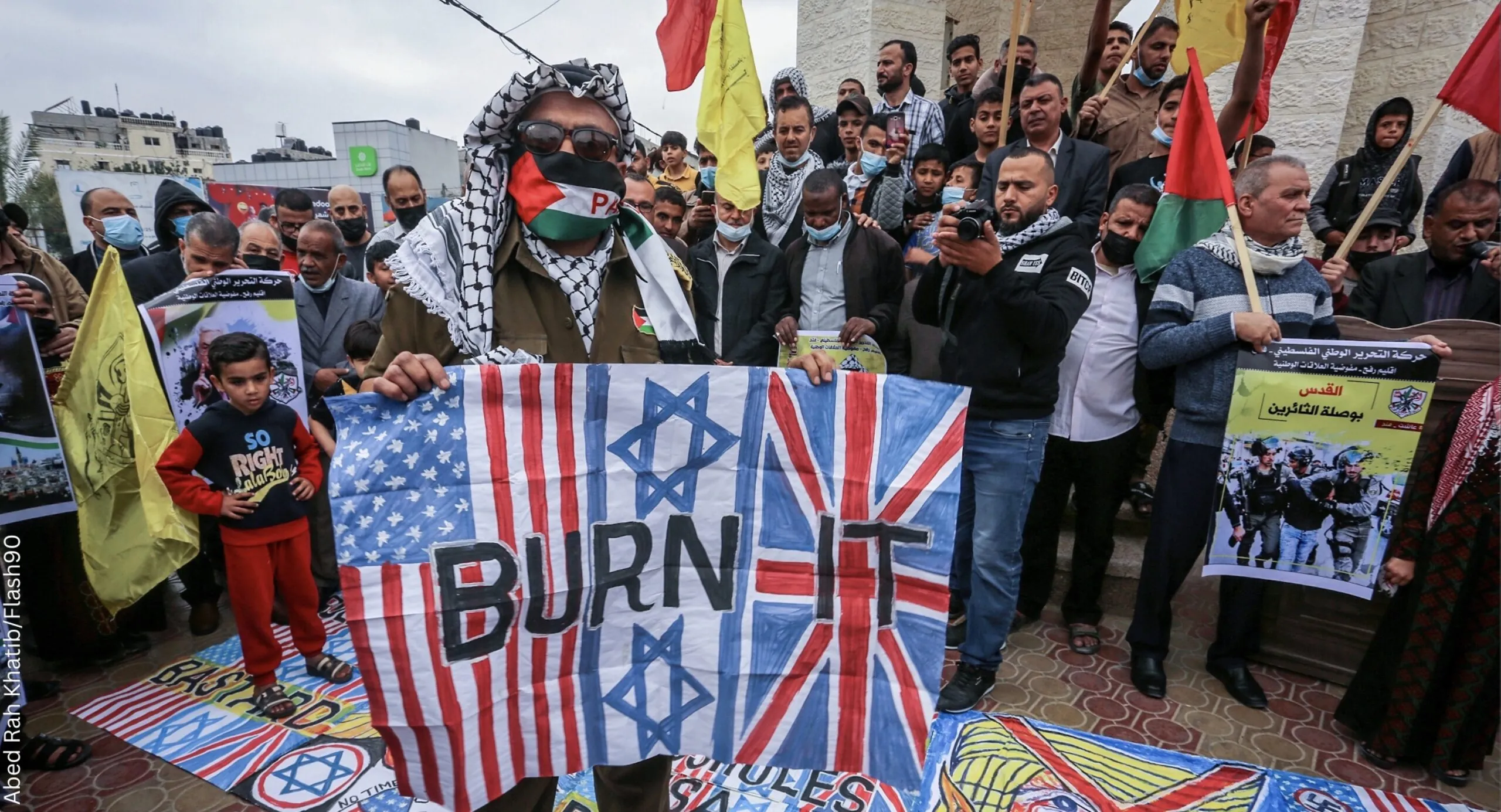
And the Truth Shall Keep You Free
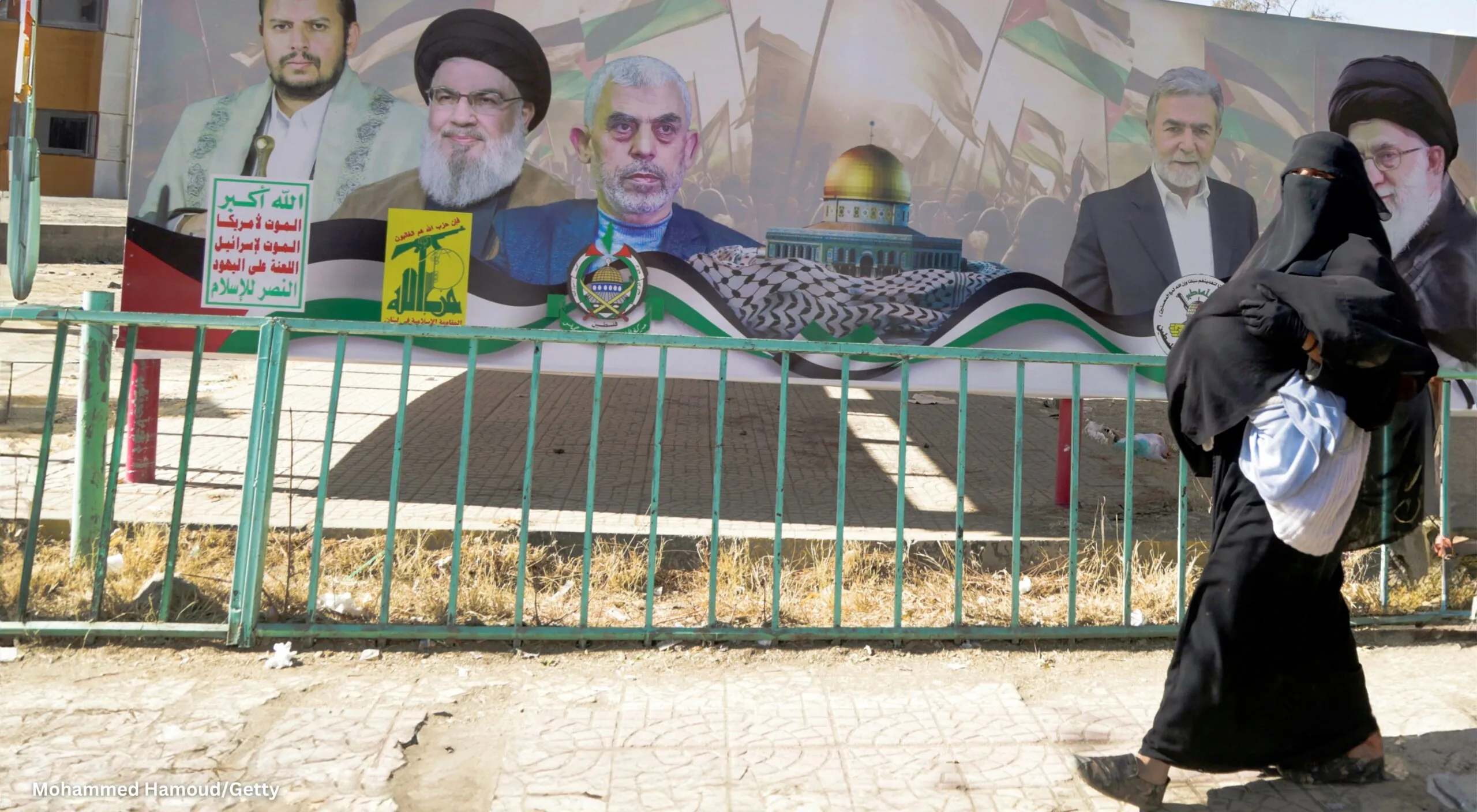
Iran by Proxy
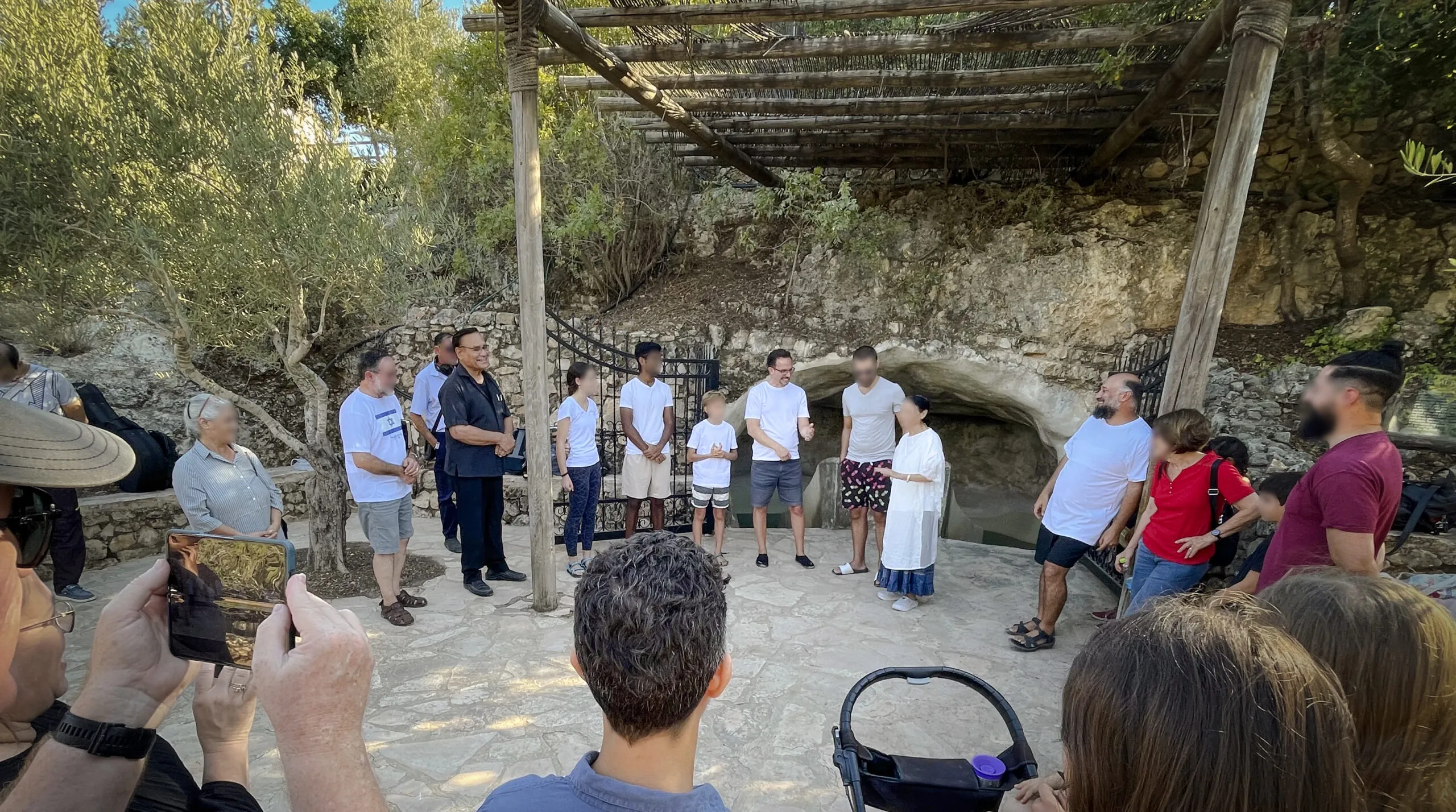
Strong Congregations Make a Strong Body
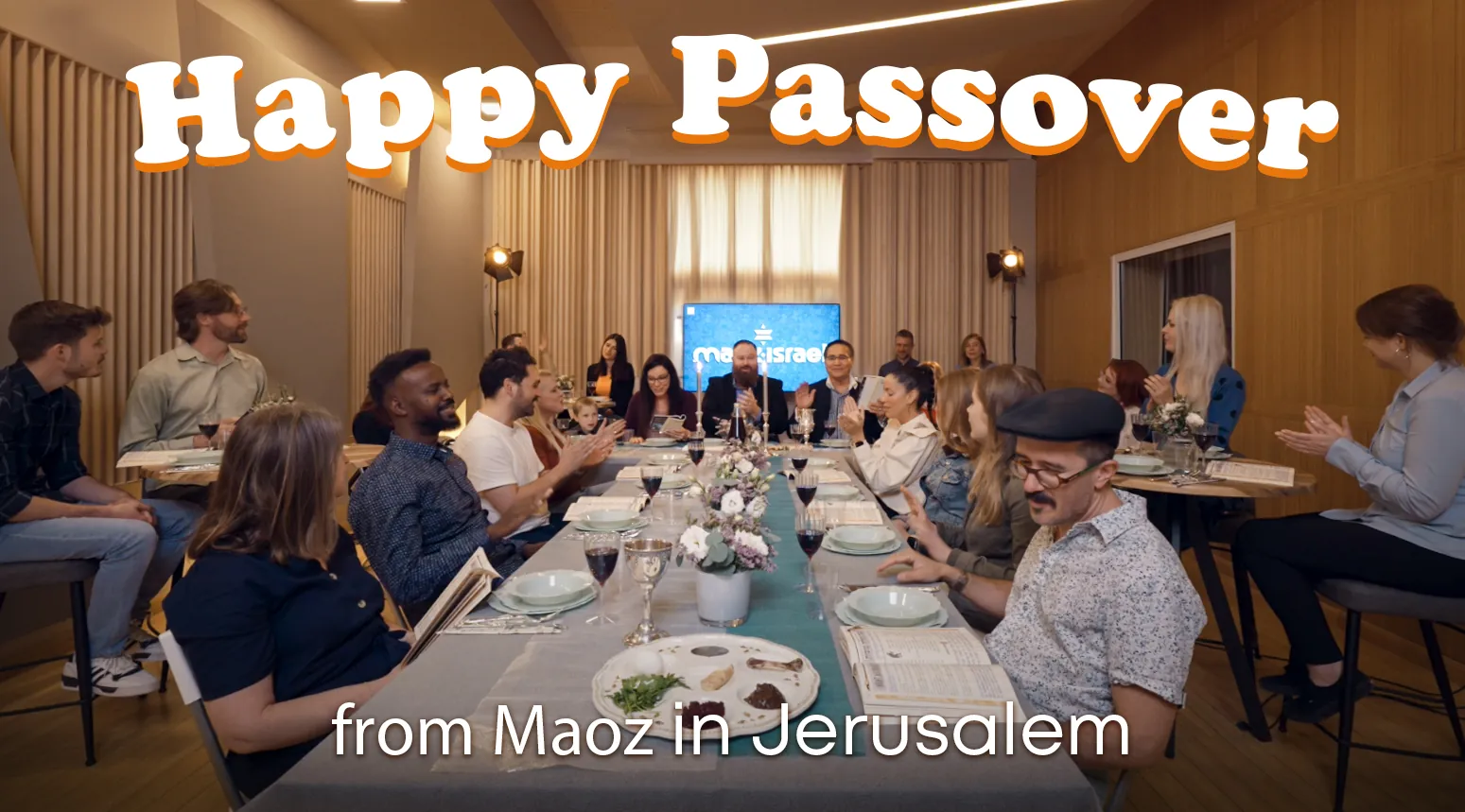
Happy Passover!
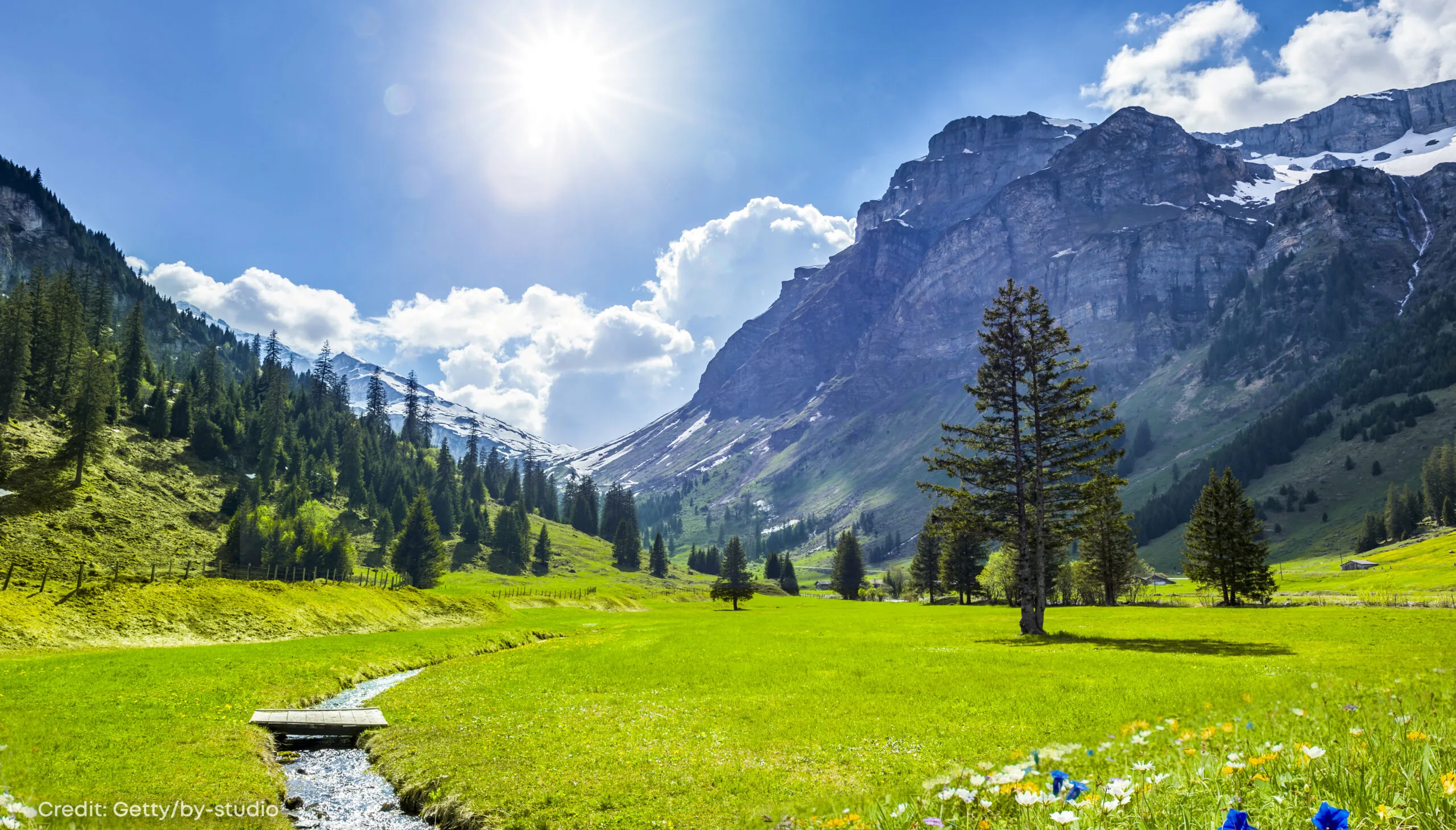
What is a Promised Land?
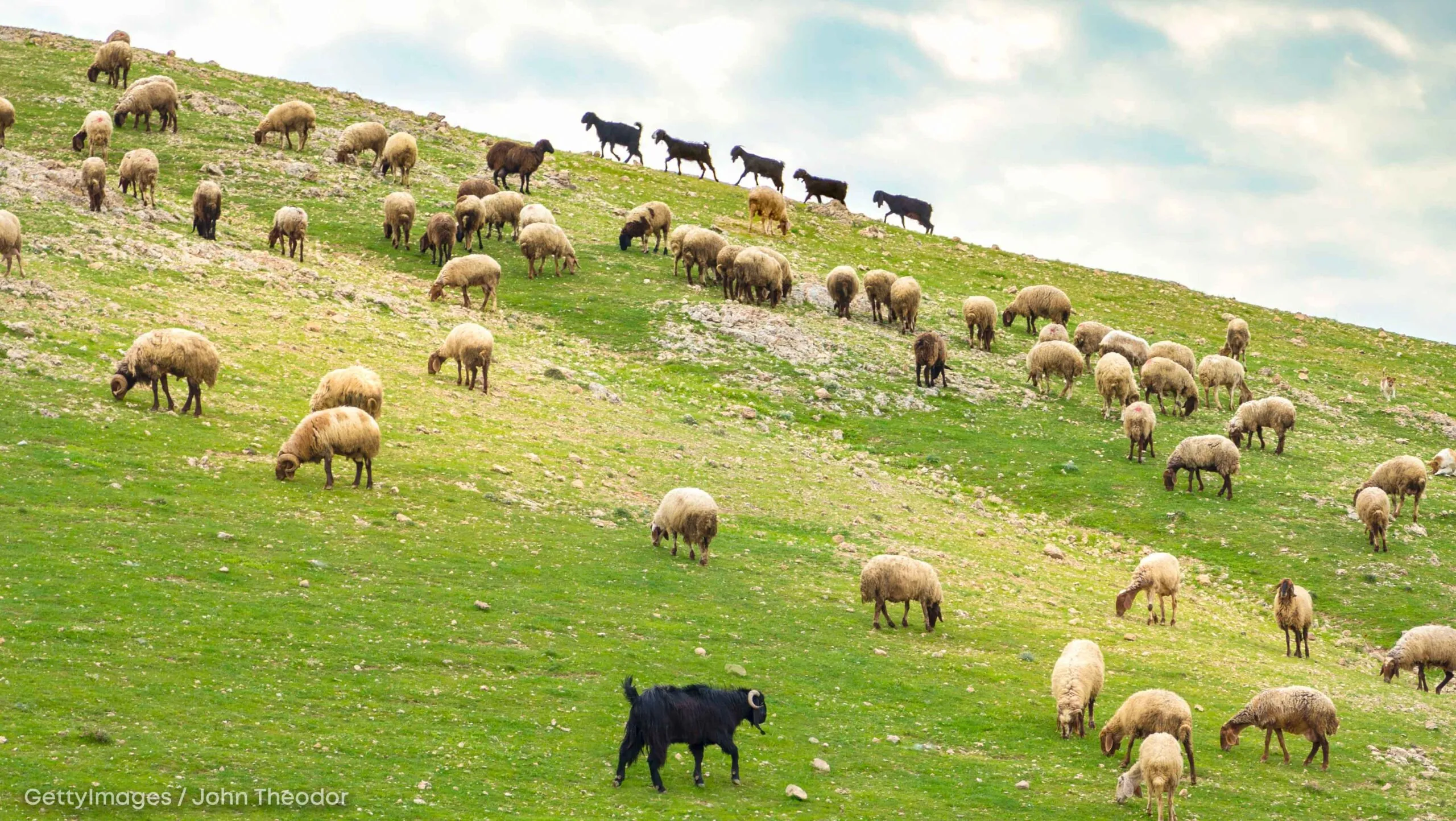
The Scariest Parable in the Bible
